Planar VS. Cone
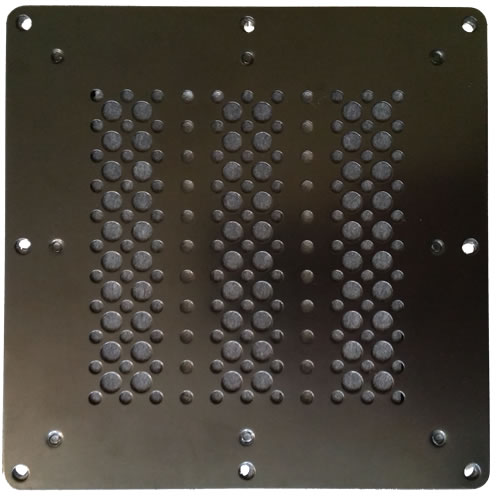
Planar Speaker
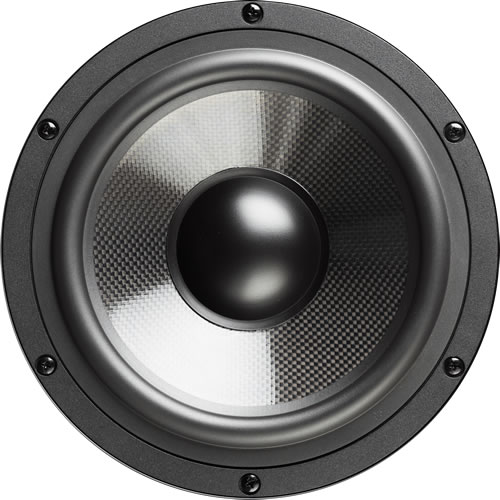
Cone Speaker
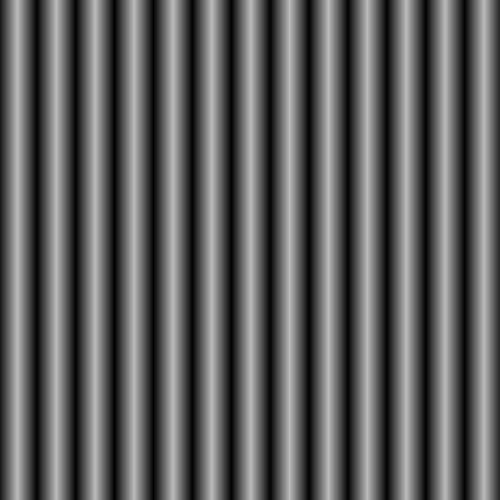
Plane Wave Form
Notice the straight "plane" wave; these types of sound waves are directional and focused.
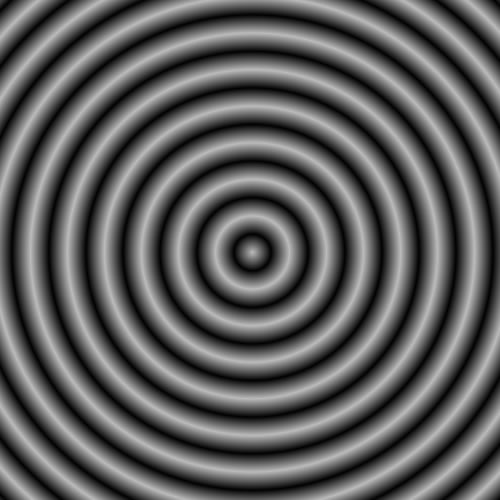
Spherical Wave Form
Notice the spherical wave; these sound waves are in varying degrees omni-directional in nature.
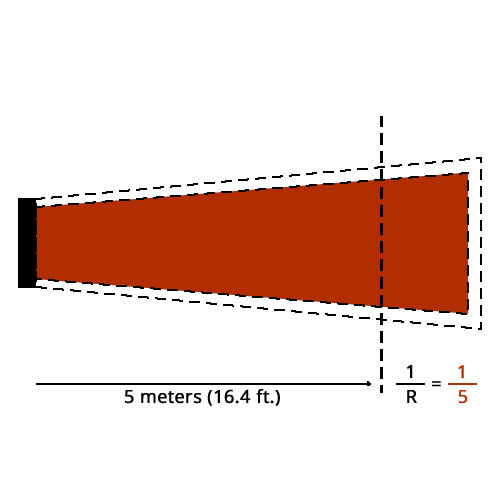
Plane Wave Over Distance
Sound waves generated by planar transducers travel straight in a “plane” with minimal dispersion and therefore are directional and focused in nature. It is this characteristic of plane waves that offers greater intelligible range than cone speakers producing acoustic output at the same or similar “SPL” Sound Pressure Level.
Plane waves maintain their directionality and clarity over significant distances by comparison making them the best choice for almost any audio application imaginable.
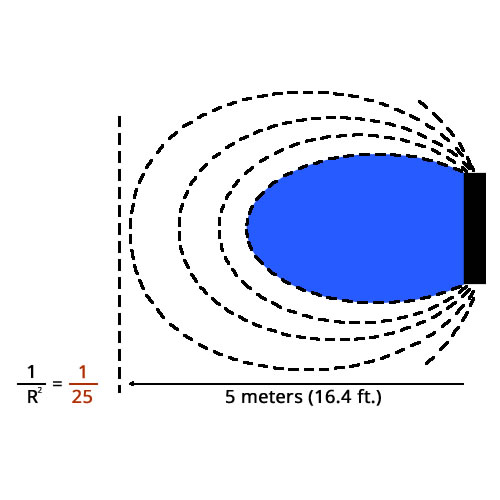
Spherical Wave Over Distance
Sound waves generated by cone speakers disperse in a spherical pattern. This limits their intelligibility over distance due to echoes and sounds reaching a given target out of phase.
In many cases due to human integration time, the brain will comb filter the signal because echoes and reflections are arriving inside 7 to 10ms of the direct signal. Comb filtering dramatically impacts the quality of the audio and can create moderate to serious ear fatigue.
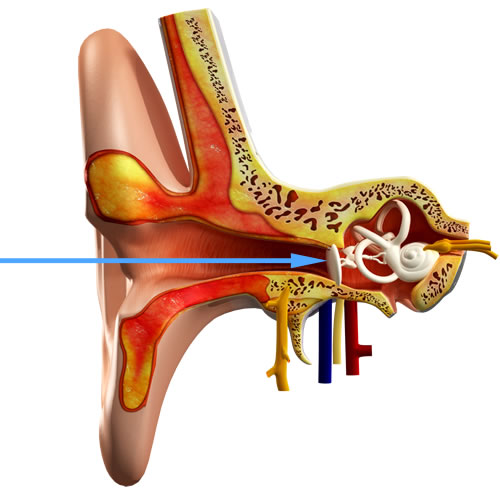
Plane Wave at the Ear
Planar speakers will enhance your audio experience with crystal clear “true” sound. Hear more realistic vocals, violins, guitars, saxophones and other string and wind instruments. Planar waves elicit crisp narrations and dynamic cinema and theatrical sounds.
As plane waves reach the ears they are focused, clear, and undistorted. The very essence of the input signal is reproduced almost perfectly. This makes the brain’s work much easier. Without sound waves interfering with each other you can listen to music or other forms of audio for hours without ear fatigue.
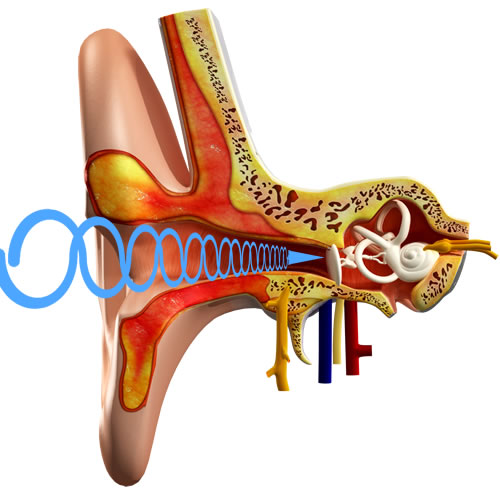
Spherical Wave at the Ear
Sound waves produced by cone speakers become disorganized and reach the ears at different times from different directions causing our brains to work much harder to filter out distortion. This is particularly true when you have multiple speakers creating spherical waves; illustrated below. This can cause fatigue and even syndrome effects in some individuals.
Have you ever been to a live musical performance of an artist you admire and find after or even during the event you have become lethargic, bored, or even sleepy or irritated? While the causes are still a subject for debate most likely the root of the problem is in the fact our brains are working overtime to filter out distortion rather than enjoying the show.
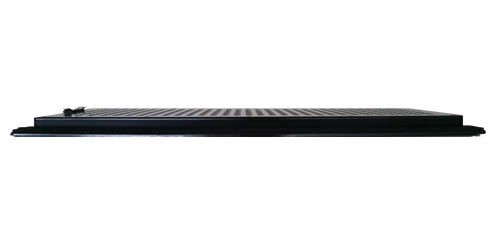
Planar Speaker Profile
This planar transducer is 8mm thick, 90 grams in weight, or approximately 1/5th the size and weight of a cone speaker with the same or similar SPL capability. The frequency response is ten (10) times faster than a cone speaker due to the fact FPS flat panel speakers have numerous voice coils and magnets that are arrayed to move a single, thin, lightweight diaphragm.
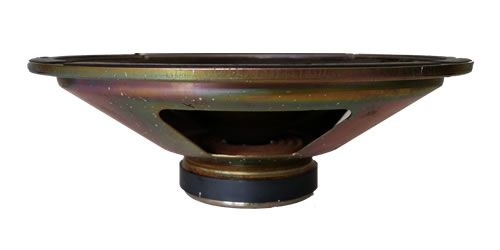
Cone Speaker Profile
This cone speaker for example is 40mm thick, (front to back) and 450 grams in weight, or approximately five (5) times the size and weight of the flat panel speaker capable of producing the same or similar SPL. The frequency response is much slower by comparison due to the fact a single magnet and voice coil are driving a much heavier diaphragm mechanically.
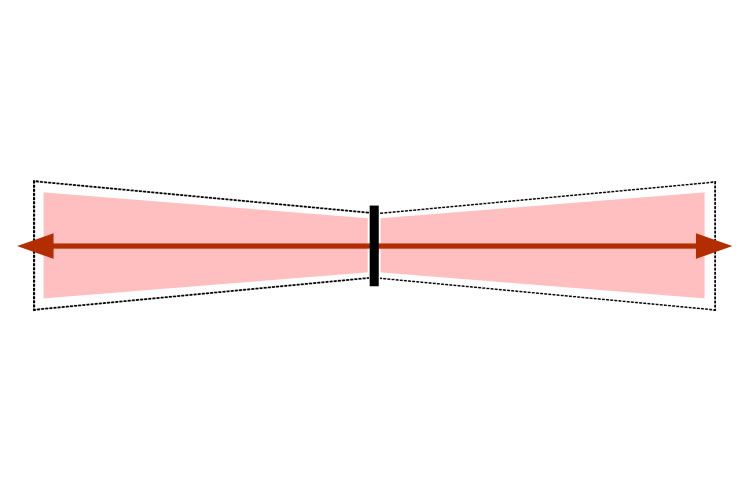
Bi-directional
Most FPS planar transducer are capable of bi-directional output.
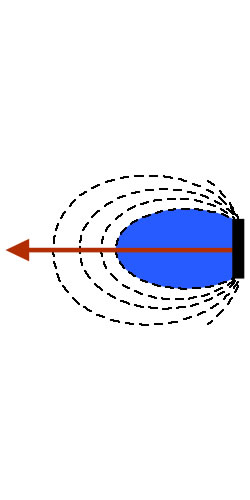
Uni-directional
Cone speakers do produce sound bi-directionally but it is almost always only the cone facing side producing enough SPL for listening purposes.
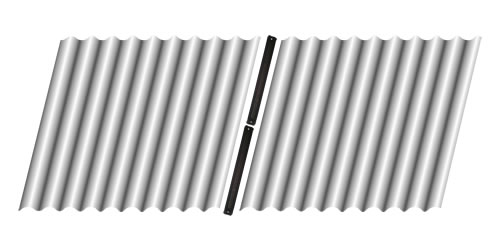
Two Planar Speakers
The acoustic output that is produced from one side of the flat panel speakers can be identically produced from both sides of the transducer. Moreover when multiple planar transducers are used together plane waves maintain their focus and directionality. This dramatically reduces interference, distortion and many common phasing problems.
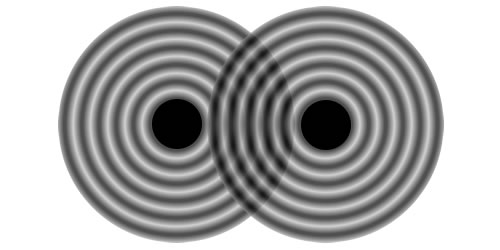
Two Cone Speakers
While audio can be heard from both sides of a cone speaker only the cone side is doing the heavy lifting. Often multiple drivers are incorporated to compensate for this. Without advanced cabinet design, careful speaker placement, and or “DSP” Digital Signal Processing, multiple drivers can cause more listener fatigue and intelligibility problems than good. Note the interference pattern created where the crests of the two spherical wave forms meet each other.
